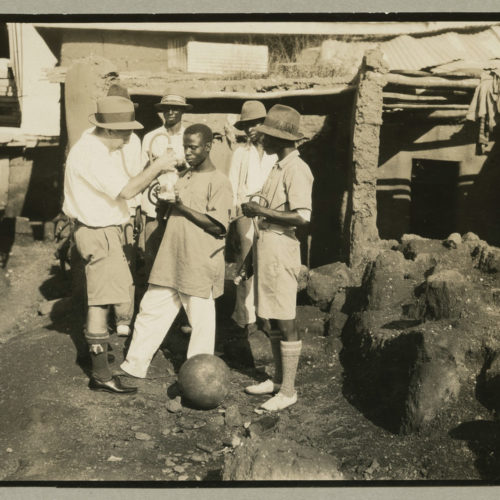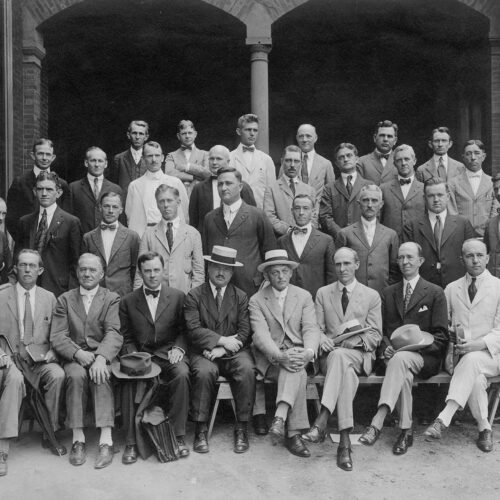Grades 4-8. The following unit engages students with archival material related to the yellow fever epidemic during the construction of the Panama Canal. Students will learn about archives, primary and secondary sources through the lens of the yellow fever. They will make connections to other public health campaigns such as tuberculosis and Covid. Applying present day awareness strategies, students will create their own public health campaigns for yellow fever in the form of “challenges,” hashtags, posters, billboard mockups, and bulletins. Support materials are integrated into the lessons, and the selected primary source documents can be found at the end of the unit.
Yellow Fever
Explore Further

New Research: Nixon’s Latin American Policy, Failed Yellow Fever Eradication, Mexican Fellows, and Nigerian Public Health
Our New Research series offers readers a venue to take a peek at recent archival research at RAC. It presents newly published reports submitted by RAC travel stipends recipients who have pursued their studies using our collections. In this edition of our series, the researchers’ reports showcase how our collections document events and people’s lives…

Evolution of a Foundation: an Institutional History of the Rockefeller Foundation
One of the first large-scale philanthropic foundations in the United States was created out of industrial wealth and came to reach around the globe.
Learning About and Creating Student Archives
Grades 3-6. Introduces students to archives, primary sources, and secondary sources. This flexible unit includes nine lessons in which students document their own learning experiences by creating, describing, and organizing primary sources. Each student’s personal papers are aggregated into a class archive that is then described in a mock finding aid. View this resource on…